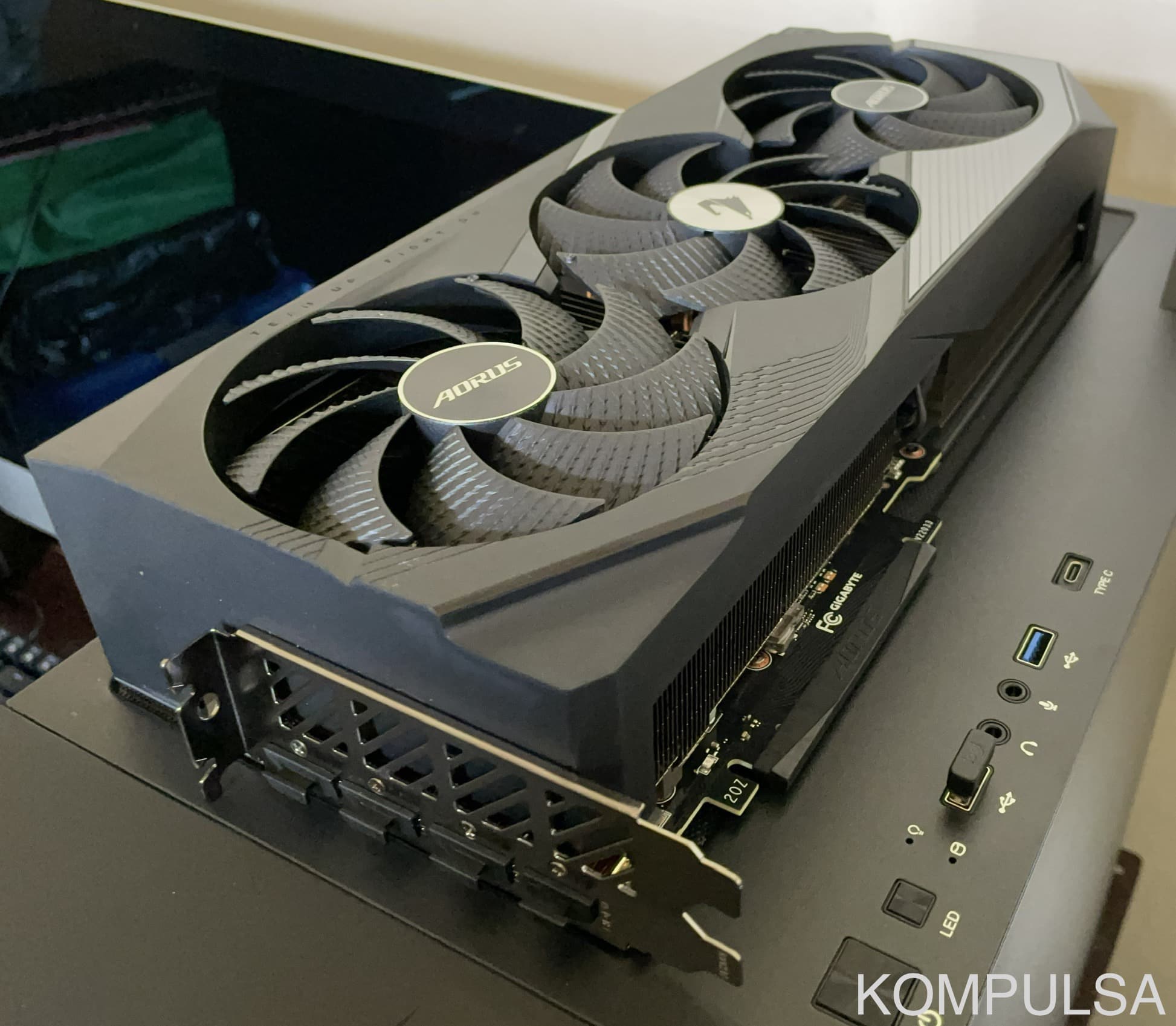One week ago, I installed Gentoo Linux on my computer, after pondering the idea, but putting it off for years. Gentoo installation promised hands-on experience with lower-level Linux configuration that most people normally get with other distributions, and it delivered.
I used the standard (manual) installation procedure with the help of the official Gentoo Handbook for AMD64 processors and manual kernel configuration. There were many steps, including, but not limited to manual partitioning, creating the file system, copying the stage 3 tarball (a minimal Gentoo environment) to the disk, configuring devices in the kernel, installing the various parts of the GUI, and recompiling the kernel.
The process helped me to understand not just how to create partitions, but why they needed to be configured the way they were. The ‘why’ is what I found most informative. I learned a bit about the limitations of file systems, and why I needed to use the GPT partition table (in my case).
Most OS installers handle these things for you, which is much appreciated. However, learning how Linux and computers work under the hood at least once is eye-opening and can help you to resolve technical issues faster in some cases, as you have to configure and install a number of the operating systems’s components yourself.
My post-install experience with Gentoo Linux was one of vastly improved speed and lots of practice with the Linux shell. I had to get comfortable with using the mount and umount commands (particularly throughout the lengthy installation) among other little things.
I do, however, get annoyed every now and then by the need for manual configuration and long compile-times. Coming from Arch Linux (which also required some degree of manual installation) made the Gentoo installation a bit more familiar and less difficult for me.
The performance improvement was likely due to the reduced system resource requirements, compared to Windows and Ubuntu. It made my old computer significantly more usable and pleasant to work with. However, I must credit Ubuntu with making Linux easily accessible for beginners. It was the perfect OS for starting out with Linux. It just works out of the box, and doesn’t require much technical knowledge.
Memory usage has been hovering under 200 MB if no browser is running in the LXDE desktop environment. One tip I can provide if you’re using any operating system is: Close web browsers if you are not using them. They are the most obscene of memory hogs, right up there with video-intensive applications such as video games.








